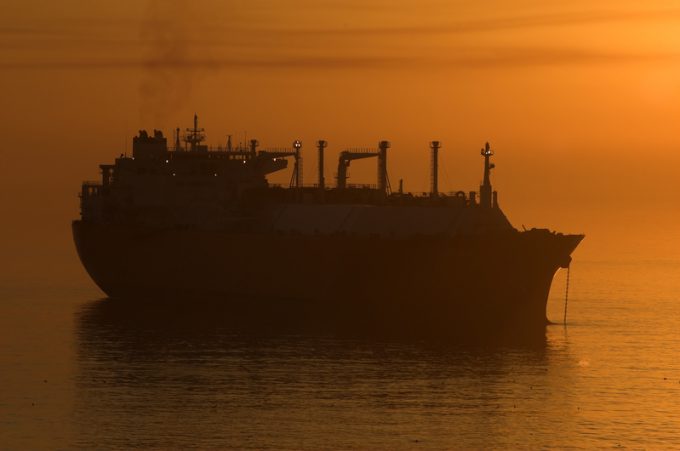Despite sourcing shifts, 'don't write-off China', says CMA CGM CCO
China cannot be written off completely from supply chains, despite tension with the US and ...

The International Maritime Organization has been urged to clarify four areas of IMO 2020, as carriers scramble for compliance with the forthcoming low-sulphur fuel limit.
The “once-in-a-generation disruptor to shipping’s commercial environment” takes effect on 1 January 2020: a fuel sulphur content limit of 0.5%, down from 3.5% in some parts of the world, at some considerable cost to the industry.
Amid concern and the countdown, the UK Chamber of Shipping has called for the IMO to address four key areas: mitigation ...
Volcanic disruption at Anchorage could hit transpacific airfreight operations
Macron calls for ‘suspension’ – CMA CGM's $20bn US investment in doubt
Forwarders stay cool as US 'liberation day' tariffs threaten 'global trade war'
Shippers snap up airfreight capacity to US ahead of tariff deadline
De minimis exemption on shipments from China to the US will end in May
Tighter EU import requirements proving 'a challenge' for forwarders
Looming Trump tariffs will create 'a bureaucratic monster' for Customs

Comment on this article